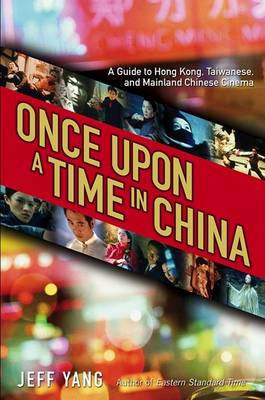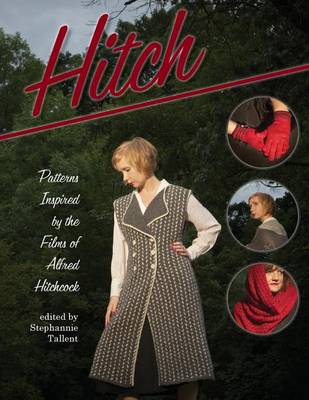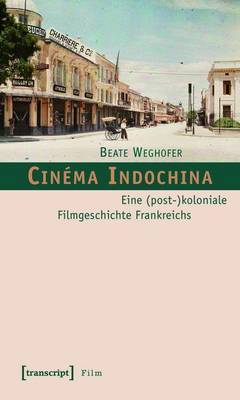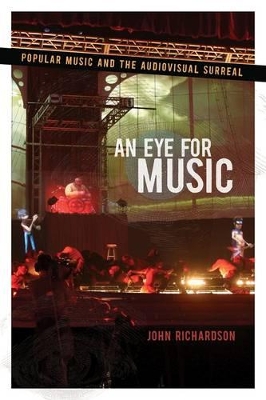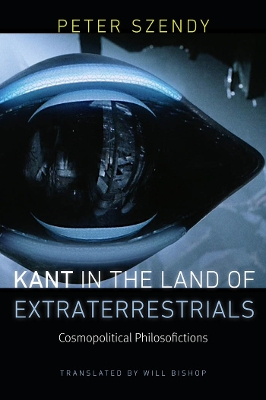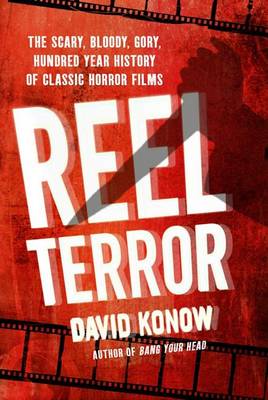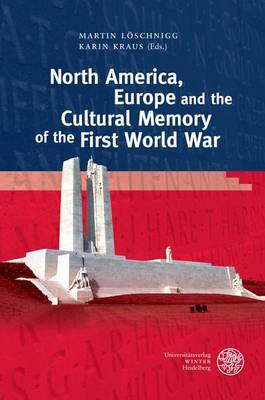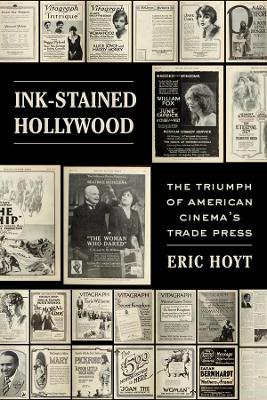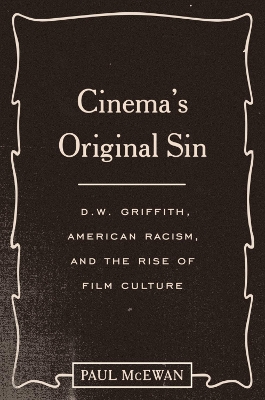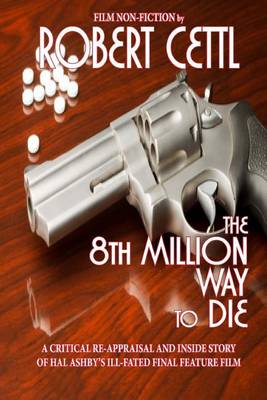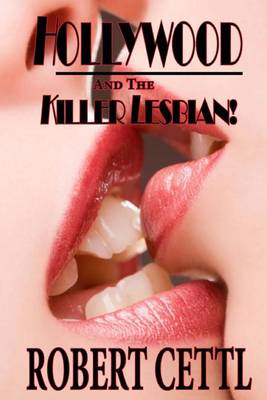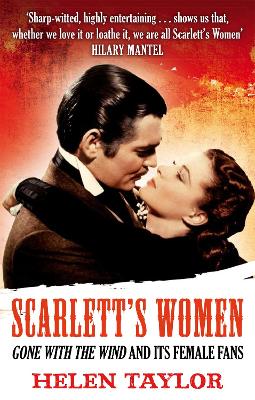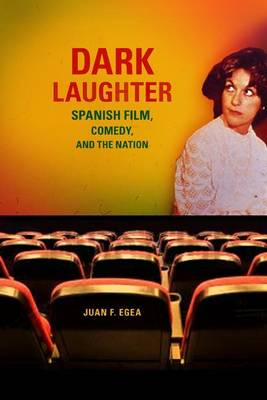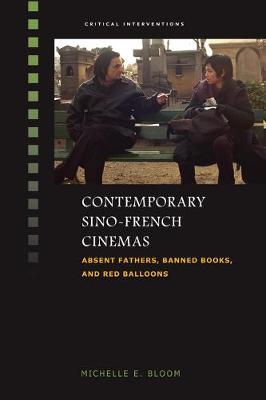Cinema Indochina: Eine (Post-)Koloniale Filmgeschichte Frankreichs
by Beate Weghofer
The music we hear is always inhabited by voices of previous performances. Because listening is now so often accompanied by moving images, this process is more complex than ever. Music videos, television and film music, interactive video games, and social media are now part of the contemporary listening experience. In An Eye for Music, John Richardson navigates key areas of current thought - from music theory to film theory to cultural theory - to explore what it means that the experience of musi...
Love is Colder Than Death (Paladin Books)
by Robert Katz and Peter Berling
“Yes, Kant did indeed speak of extraterrestrials.” This phrase could provide the opening for this brief treatise of philosofiction (as one speaks of science fiction). What is revealed in the aliens of which Kant speaks—and he no doubt took them more seriously than anyone else in the history of philosophy—are the limits of globalization, or what Kant called cosmopolitanism. Before engaging Kantian considerations of the inhabitants of other worlds, before comprehending his reasoned alienology, thi...
"Reel Terror" is a love letter to the wildly popular yet still misunderstood genre that churns out blockbusters and cult classics year after year. From "The Cabinet of Dr. Caligari" to "Paranormal Activity", Konow explores its all-time highs and lows, why the genre has been overlooked, and how horror films just might help us overcome fear. His on-set stories and insights delve into each movie and its effect on American culture. For novices to all out film buffs, this is the perfect companion to...
Bordering on Fiction
by Catherine David, Kathy Halbreich, and Dean of Undergraduate Studies Bruce Jenkins
North America, Europe and the Cultural Memory of the First World War (Anglistische Forschungen, #453)
A free open access ebook is available upon publication. Learn more at www.luminosoa.org. For the first half of the twentieth century, no American industry boasted a more motley and prolific trade press than the movie business—a cutthroat landscape that set the stage for battle by ink. In 1930, Martin Quigley, publisher of Exhibitors Herald, conspired with Hollywood studios to eliminate all competing trade papers, yet this attempt and each one thereafter collapsed. Exploring the communities of...
For over a century, cinephiles and film scholars have had to grapple with an ugly artifact that sits at the beginnings of film history. D. W. Griffith’s profoundly racist epic, The Birth of a Nation, inspired controversy and protest at its 1915 release and was defended as both a true history of Reconstruction (although it was based on fiction) and a new achievement in cinematic art. Paul McEwan examines the long and shifting history of its reception, revealing how the film became not just a cine...
Hal Ashby was one of the most renowned directors of the 1970s. In the 1980s, however, his reputation suffered amongst studios who considered him "difficult" and who removed him from projects before he could assert his right of "final cut". Ashby's final film was, uncharacteristically, a thriller. Based on the novel by Lawrence Block and starring Jeff Bridges, Rosanna Arquette and Andy Garcia, from a script originally by Oliver Stone, 8 Million Ways to Die was a troubled production. The script wa...
Amidst the socio-sexual upheavals of the 1970s, Hollywood used a re-envisioning of the detective character from traditional film noir to essay the threat to heterosexual patriarchy posed by transgressive homosexuality. Thus, in one 1972 film emerged American cinema's way of dealing with that threat - the archetype of the Killer Lesbian was cemented! Starring James Garner as the detective and Hollywood veteran June Allyson as the killer lesbian, the film was buried in a wave of detective movies....
One of the most successful books ever published and the basis of one of the most popular and highly praised Hollywood films of all time, Gone With the Wind has entered world culture in a way that few other stories have.Seventy-five years on from the cinematic release of Gone with the Wind, Helen Taylor looks at the reasons why the book and film have had such an appeal, especially for women. Drawing on letters and questionnaires from female fans, she brings together material from southern hist...
In the 1980s and early 1990s, popular film presented women characters who were hard, tough and in control. While "Thelma and Louise" blew away rapists, Sigourney Weaver vapourized "Aliens", and the era of the female hero arrived. Despite the overt heterosexuality of both films, Thelma, Louise and Weaver's character, Ripley, all became incredibly popular with lesbians. This study critically embraces psychoanalytic and discourse film theory to explore this phenomenon and to assess its implications...
A provocative, highly engaging essay on the art of pretending on the stage, on screen, and in daily life Does acting matter? David Thomson, one of our most respected and insightful writers on movies and theater, answers this question with inte
Everything You Ever Wanted to Know About - Port Vale FC
by MR Ian Carroll
In Dark Laughter, Juan F. Egea provides a remarkable in-depth analysis of the dark comedy film genre in Spain, as well as a provocative critical engagement with the idea of national cinema, the visual dimension of cultural specificity, and the ethics of dark humour. Egea begins his analysis with General Franco's dictatorship in the 1960s-a regime that opened the country to new economic forces while maintaining its repressive nature-exploring key works by Luis Garcia Berlanga, Marco Ferreri, Fer...
Nuclear Receptors as Drug Targets (Methods and Principles in Medicinal Chemistry, #39)
Edited by two experts working at the pioneering pharmaceutical company and major global player in hormone-derived drugs, this handbook and reference systematically treats the drug development aspects of all human nuclear receptors, including recently characterized receptors such as PPAR, FXR and LXR. Authors from leading pharmaceutical companies around the world present examples and real-life data from their own work.
'The Edinburgh Festival' - and the Fringe that it inspired - has been the hub for numerous 'culture wars' since its inception in 1947. This book is the first major study of the origins and development of this leading annual arts extravaganza, examining a moving stage of debate on such issues as the place of culture in society, the practice and significance of the arts, censorship, the role of organised religion, and the meanings of morality. From the beginning, the Edinburgh International Festiv...
Contemporary Sino-French Cinemas (Critical Interventions)
by Associate Professor Michelle E Bloom
